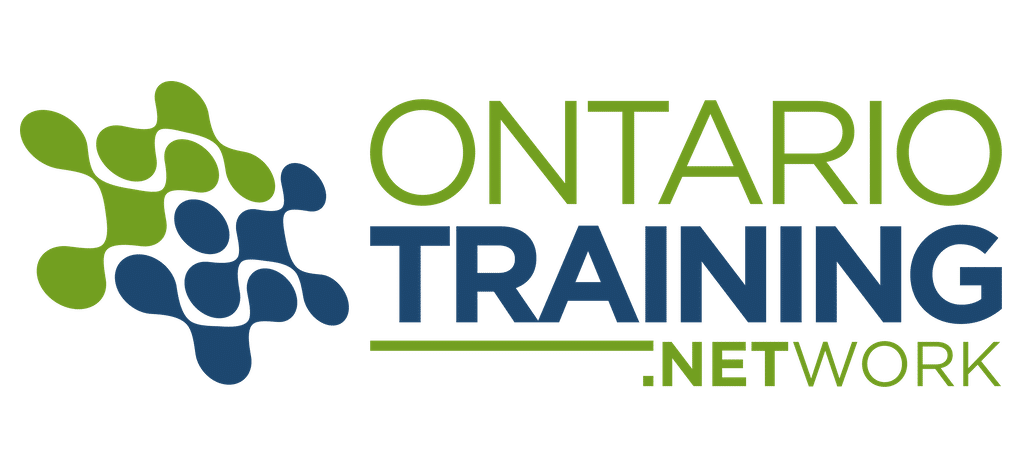5 Ways to Become a Better Manager
Recent studies show employee engagement is down, and that many employees are looking for new opportunities — or they intend to — as soon as the economy picks up steam. A number of studies have also revealed what these employees are looking for, and what can motivate them to stick around – good management. This means a manager who understands personal motivations and who is looking out for their employees’ best interests and development.
Work now to improve your relationships with your employees and to provide tailored learning, training and development opportunities for them. This can help stem future job losses – as well as build a more productive and motivated team today. The best way to strengthen workplace relationships is to study your employees’ behaviour profile. If you understand the strengths of a person, you will understand what motivates them.
1. Understand Yourself.
The first step is to understand your own strengths and weaknesses by utilizing an online behaviour assessment. Knowing your strengths will allow you to position yourself spending the majority of your time doing the things you enjoy – and it also allows you to recognize weaknesses and take action with adaptive behaviour. Get yourself situated before tackling your employees’ strengths and weaknesses. After the online assessment, consult with your own business coach to discuss the results, point out strengths, and identify challenges.
2. Know Your Team Members Strengths and Motivations.
Use the online behavioural instrument to get a good feel for what drives your team members. You will understand and see that strengths and motivations are tied together. Treat other people the way they want to be treated. An effective team needs to have a mixture of behaviour traits, so what motivates one individual won’t necessarily motivate the next – and that’s a good thing. When we can recognize that our team is made up of a group of different behavioural strengths, you have a far stronger team.
3. Recognize Challenges.
Not everyone is good at everything – and managers should identify their team members’ weaknesses. Knowing when one of your team members has become a challenge can help head off negative behaviours and attitudes at work, and allow you to work with them to overcome these weaknesses. When you understand an employee’s motivators and demotivators, you can have a positive discussion about what actions can be taken.
4. Devise Workaround Strategies.
Understanding these individual weaknesses can help identify challenges and plan adaptive behaviour. Sometimes just a modest shift can make a big difference in an employee’s relationship with their manager. A one-on-one conversation about how to best provide them with guidance and coaching can make a world of difference. That type of communication can make a huge difference with getting things better aligned. When you can anticipate challenges and coach in advance, you can head problems off at the pass.
5. Plot Out Future Steps.
Finally, once you understand your employees’ strengths, you can help manage their career growth within your own set of employment needs and motivations. It’s human nature for us to spend a lot more time lamenting about what we don’t do well. That’s why it’s important to know our strengths. When you can tangibly identify those strengths, you can help employees plan and work their career to take better advantage of what they naturally do best.
Spending time with employees and focusing on their career development can help you retain your top performing individuals. Knowing their strengths and motivations can enable you to provide meaningful coaching and advice, not only hanging onto star performers, but also motivating them to reach even higher.
Roger Billings, for over 15 years has offered customized workshops in the areas of conflict management, sales, sales management, management development, strategic planning, negotiating, and marketing. He delivers highly participative training programs for Ontario Training.
